There was a time when substitutes for natural products - plastics made by chemical processes - were prized and considered the products of the future. Lately, however, people have become much more careful about what they consume and use, realising that a wise choice for their health and the health of the planet is to return to natural products. The trend is increasingly present in our country too, from food to products used for renovation or finishing and maintenance of furniture and wood. What I propose in this article is to show you that there are also natural options for covering wooden floors.
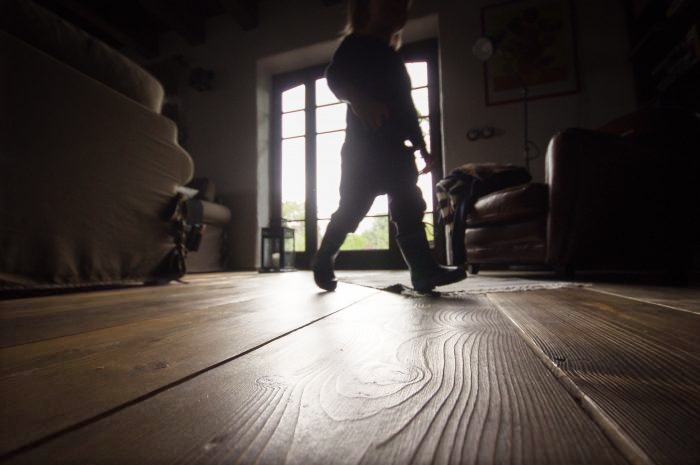
Natural waxes and oils, for that matter, have also been used in the past to protect floors and floors. There followed a period when the natural version was abandoned in favour of modern solutions with greater resistance over time and a more obvious sheen. Now more and more people are returning to their use, both for the more natural look of floors finished with such products and, above all, because they are healthy for the environment and the body.
Basically, wood treatment is done with mixtures of natural oils or blends of natural oils and waxes. Plain wax is only used as a final coat after the application of oil. The main oils used are linseed and tung oil, and often a mixture of these oils is used in the formulation. There are other types of natural oils - soya, wood, sunflower, hemp, walnut - but they are less commonly used in the composition of floor treatment oils.
Sometimes waxes are added to the oil composition to increase mechanical strength. For example, the addition of Carnauba wax makes the oil more resistant to scratching and abrasion. The addition of beeswax also makes the oil more resistant than oil without wax.
A highly valued feature of these oils is their ability to enhance and accentuate the natural beauty of the wood. Once applied, they do not remain on the surface to form a film, but penetrate deep into the wood, bonding to it. The wood becomes harder and more resistant to moisture and at the same time is free of the film that takes away from the beauty of the grain and alters the colour. For those who appreciate the look of natural wood this is a great advantage. Especially as time goes by it will develop its own 'patina' which will increase its value.
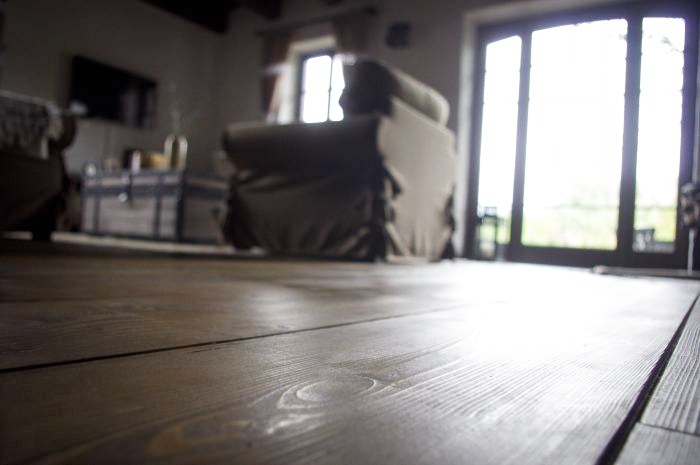
One might think that the fact that it penetrates the wood without forming a protective film is a disadvantage. I would point out that, unlike the oils used in the past, modern oils make wood much more resistant to wear and tear, and the lack of film makes scratches less visible and obvious. Even if they do appear, from shoes or pets, they are lost in the natural pattern of the wood.
Repairing such a defect can be done easily and only on the spot where it occurred, without the need for intervention on the entire finished surface. Even if the intervention is local, it will not be visible.
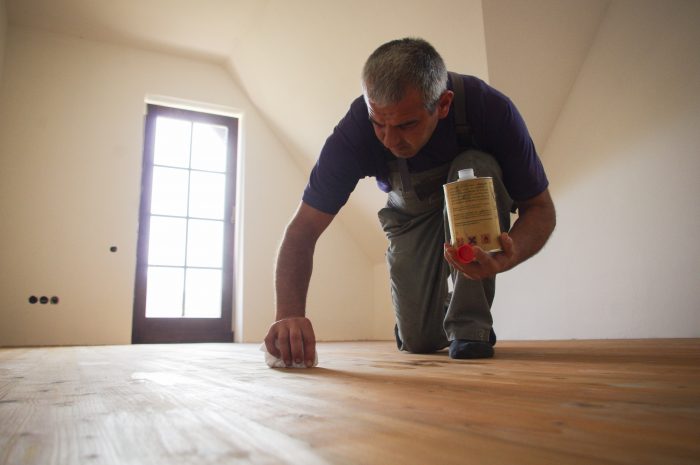
Another advantage of using natural oils is that they allow the wood to exchange moisture with the environment. This is a natural process caused by the difference in humidity between the wood and the environment and causes it to contract and expand. The lack of film makes the wood move freely, without any effect on the appearance.
The oil finish is one with no visible sheen. The light is not reflected by the film but rather absorbed, giving a warm feeling. To achieve a silky sheen, a layer of wax can be applied over the oil-treated wood. Apply with a cloth and then polish with a cloth. This will give a silky, very pleasant and natural shine. It is also possible to achieve a higher gloss. In this case the wax layer is thicker and the polishing is more vigorous. However, such finishes are not recommended because the thick layer of wax makes the floor much less resistant to staining (it can stain easily with water) and scratching.
The use of oils and waxes requires a refresh of the finish at shorter intervals than a classic film coating, but the operation is much simpler. It should also be borne in mind that floors finished in this way are less resistant to solvents, alcohol or abrasive cleaners.
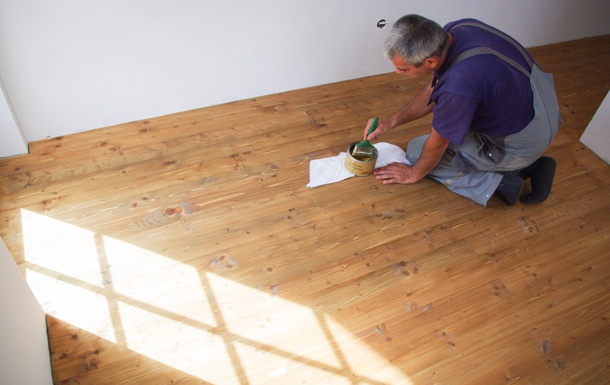
Using natural materials to finish floors does not affect the health of the home and its members. I was glad to see that there are companies in our country that distribute such natural finishing products. I found at Naturalpaint The relationship with the producers is very open, with them providing information about where the materials are sourced and the quality of the environment there.
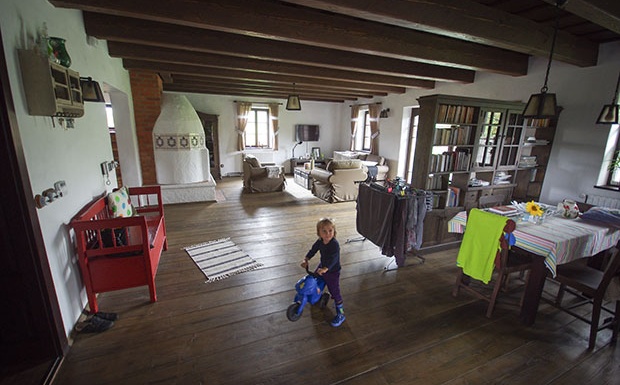
By opting for natural products, you are sure to choose neither the easy nor the cheap way. But choose a surprisingly durable finish that maintains the natural look of wood and a healthy environment for you and your family.
Source images: Naturalpaint
The images presented in the article are the property of Naturalpaint srl.
























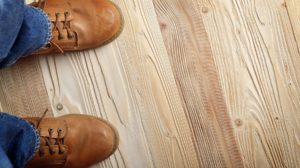
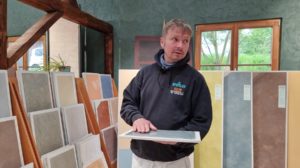

Add comment